Kia’s three-row electric vehicle adopts numerous excellent concepts from Tesla, yet the nuances reveal potential issues.
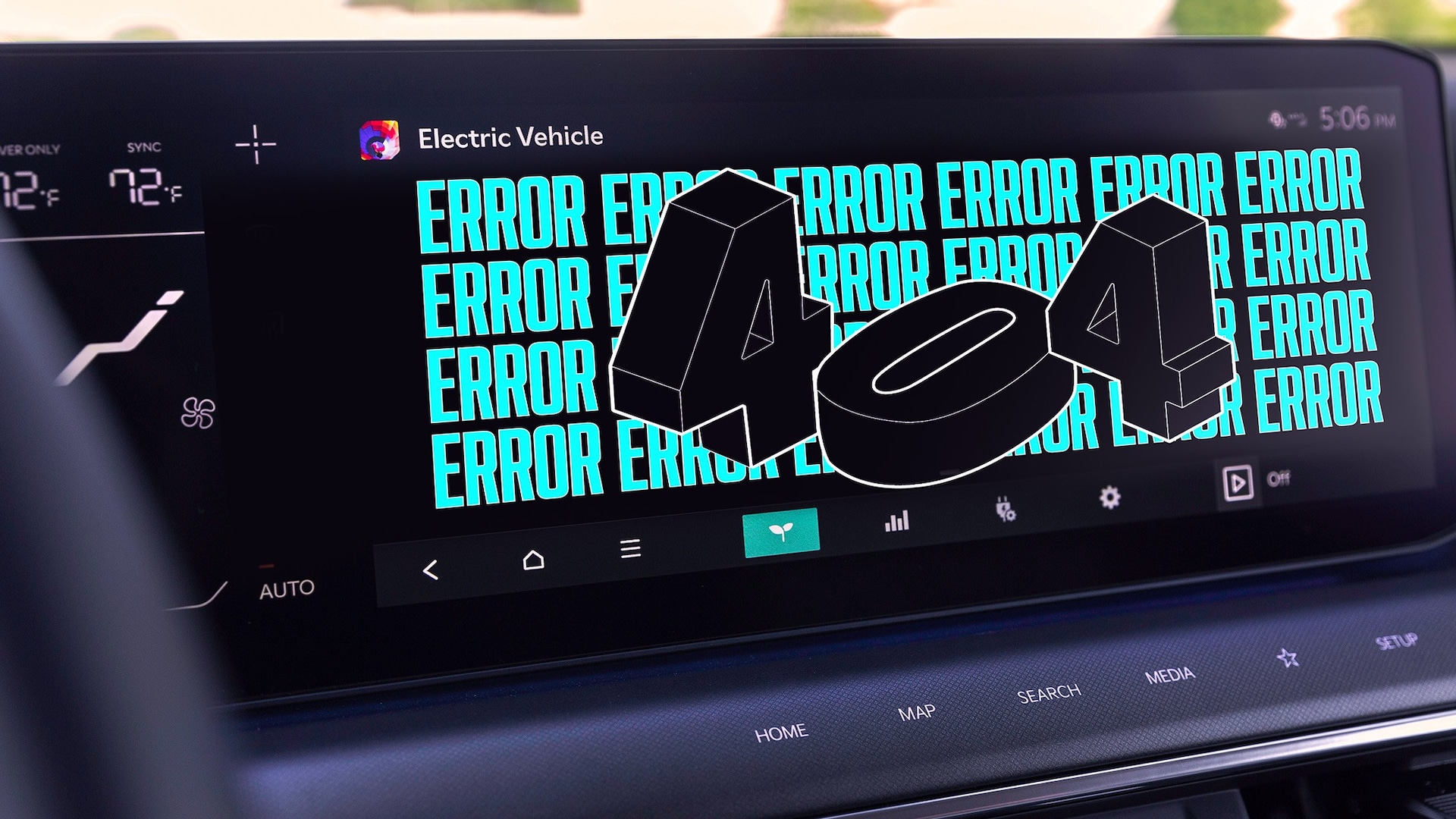
What is the outcome when a company with over five decades of automotive manufacturing expertise decides to mimic Tesla's software? The Kia EV9 The Korean three-row SUV shares numerous features with what established Tesla’s reputation: frequent over-the-air updates, downloadable torque , a robust smartphone application, and an automotive experience shaped by displays and digital interfaces. This positions Kia as a frontrunner amongst traditional car manufacturers in embracing change. the software-defined future .
While the feature set itself may not be sufficient for the EV9’s software to rival Tesla’s capabilities, my experience over eleven months during an ongoing year-long trial with a 2024 Kia EV9 has led me to develop a complex sentiment towards its technological aspects. Although I appreciate the concept behind these features, their sluggish response times and inconsistent functionality often frustrate me. The trials we faced using this vehicle encapsulate both the positive highlights and negative drawbacks associated with Kia's software technology.
A Smartphone App Functioning at Dial-Up Speeds
Since temperatures in Michigan dropped below zero in November, the Kia Access app has become an integral part of my everyday life. By remotely starting the vehicle’s heating system from virtually anywhere—ahead of time, whether I’m in the kitchen, bathroom, or even at the airport—I ensure that when I finally get into the car, everything feels warm and welcoming, including the seats and steering wheel.
I've utilized the remote climate control feature as a makeshift Pet mode for our Brittany spaniel during roadside dinners on trips, and sometimes to remotely operate the locks, trunk, and frunk. view the car’s surroundings Using its 360-degree camera system, the vehicle also preconditions the battery to enhance range during cold weather conditions. Among numerous functions, some like setting up charging schedules and departure timings, initiating valet mode, and modifying charging preferences have been experienced just once. Short of operating the trunk release and lowering the windows, the Kia Access application mirrors most functionalities offered by the Tesla mobile app.
Frustratingly, it frequently requires a full minute—or occasionally even longer—for the app to execute a command and verify its success. This verification step is crucial since commands fail more often than anticipated—roughly 5% of the time. The sluggish response becomes especially annoying when attempting multiple tasks simultaneously, such as preheating the cabin and charging the battery, due to the app’s limitation of processing one request at a time. Additionally, the app sporadically reports that remote functions cannot be used despite meeting all prerequisites and fails to accurately reflect the battery level when connected to a DC fast charger.
Before owning the EV9, I viewed having a car app as more of a fun extra feature—something pleasant but not essential. However, over the last 11 months, my perspective has shifted somewhat; being able to connect with your vehicle remotely does offer real utility. That said, Kia Access’s sluggish performance relative to modern social media applications and internet browsers gives the entire system an outdated vibe instead of making it seem cutting-edge.
A Travel Plan With Poor Suggestions
Taking a road trip in a Tesla is simpler compared to driving any other electric vehicle. Much of this ease can be attributed to the over 30,000 Supercharger stations set up across the U.S. by Tesla; however, these facilities become significantly more effective thanks to the company’s superior automotive software. a trip-planning algorithm integrated into Tesla’s navigation system It removes all the stress of deciding when and where to stop from the driver. You can rely on it to direct you to quick and dependable charging stations using a plan that reduces your downtime and increases the amount of distance behind you.
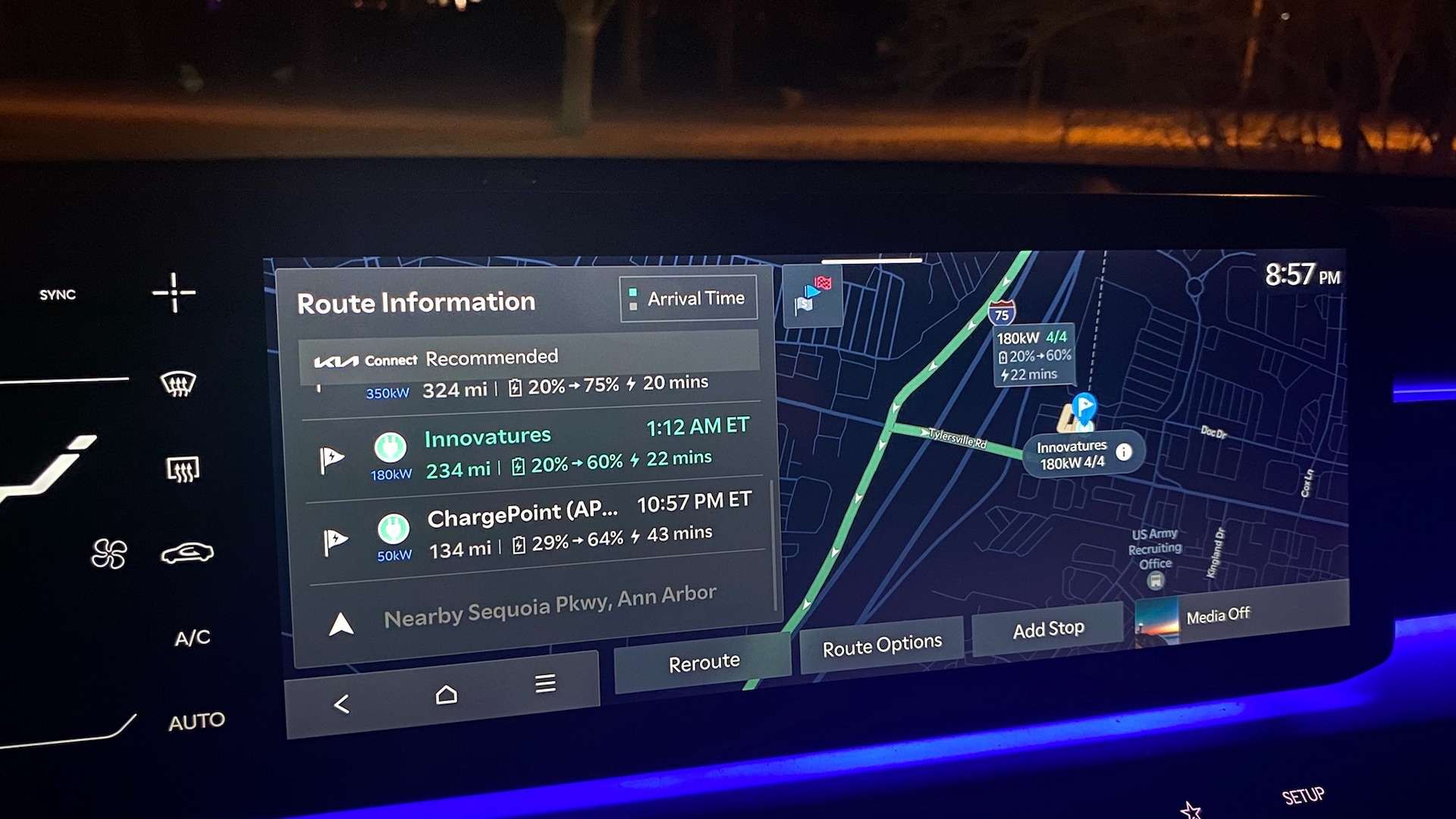
In contrast, the EV9’s route planner is quite basic and tends to provide poor recommendations. The advice offered is often so clearly incorrect and unreliable that I have never adhered to it. During a journey to Tennessee The navigation system instructed me to start by using a tediously sluggish 50-kW charger. During a different journey to northern Michigan, it directed me to use two charging stations, suggesting I pull over for a recharge with only 43 percent battery left, even though I probably could have completed the trip without needing to stop at all.
The charging suggestions fall short partly due to the inability to customize the algorithm. There aren’t options for manual adjustments such as choosing how often you wish to pause, selecting preferred charging networks, or setting your acceptable level of battery depletion. Additionally, even though Kia’s system tracks the number of outlets at each station, it lacks information about whether these stations provide less power or if their connections have been damaged. To address this issue, Rivian introduced an innovative feature called the Charger Reliability Score. This score leverages user-generated data from past charging events to rate public quick-charging stations. Consequently, Rivian’s journey planning tool favors spots marked A and B based on this scoring system.
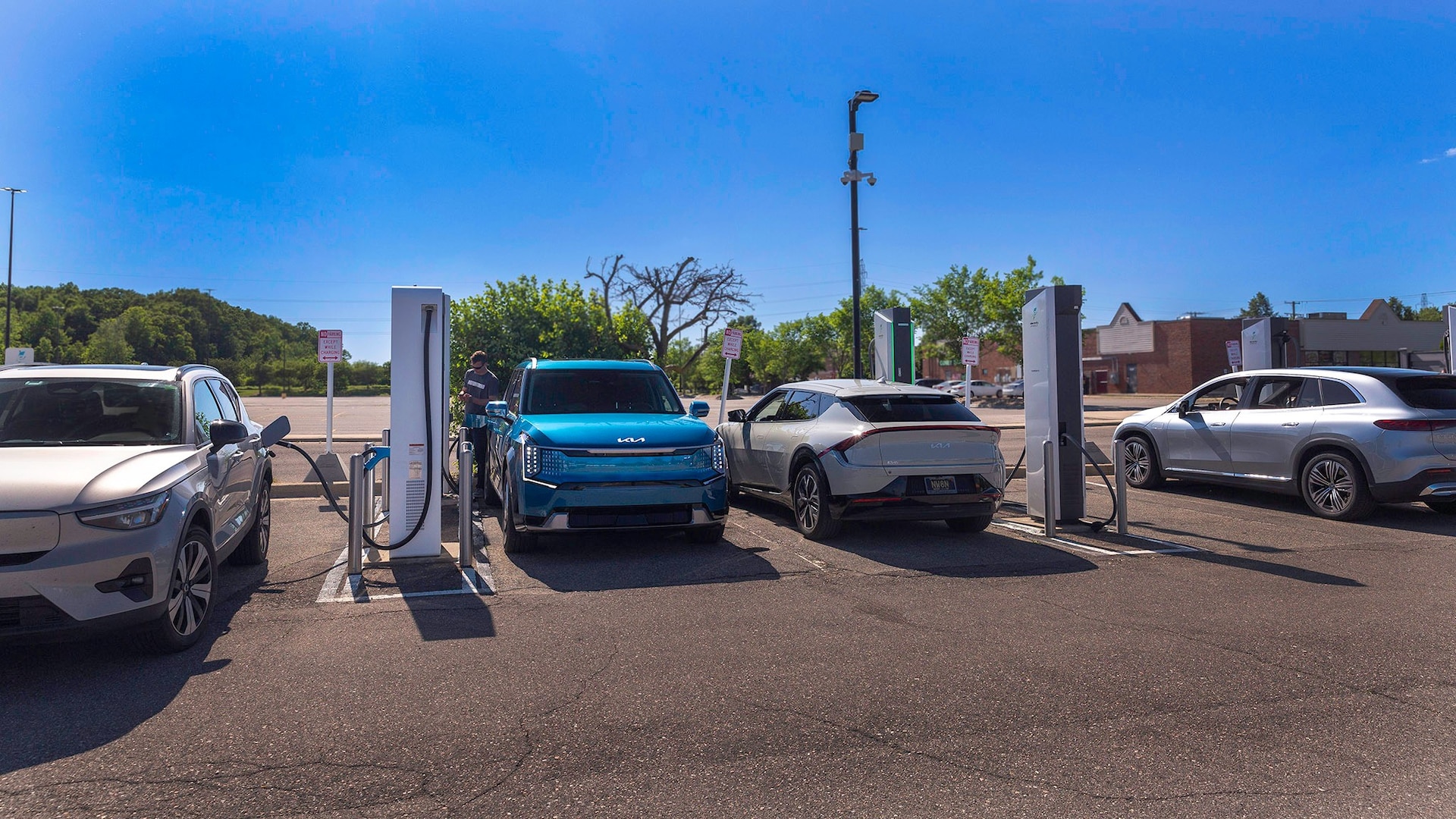
Much of the conversation surrounding lengthy electric vehicle journeys centers on battery range and charging rates. However, an immediate and simpler solution would involve making it easier for EV owners to locate optimal refueling stations with as little hassle as possible. Brands like Rivian, Porsche, and Mercedes-Benz have approached this benchmark established by Tesla quite closely. Yet many manufacturers, such as Kia, fall short by providing just the essentials without going further. This explains why each time we've embarked on a road trip with our year-old EV9, I end up mapping out all the stops myself. The PlugShare application, which claimed victory in an award for 2025, solusikaki.com Best Tech award .
The Day the System Crashed
Individually and for many Kia vehicle owners across the nation, irritation reached new heights due to an extensive service disruption back in February. This incident coincided with when my family and I came back from enjoying warmer climates only to be met with a chilly -13 degrees Celsius welcome in Michigan. While waiting for the shuttle at the airport parking lot, I tried using the Kia Access mobile application to preheat our EV9 SUV which was parked nearby. However, all attempts resulted in failed notifications shortly following each request. To make matters worse, upon reaching our automobile, we discovered that one of the tires—specifically the right rear—was totally deflated because of a tiny puncture.
The following day, an alert popped up within the application stating, "We are encountering issues with our infrastructure; certain features may remain unavailable. We apologize for any resulting disruption." Meanwhile, as Technical Director Frank Markus geared up for his journey through Tennessee, we found out that even the EV9 model faced these problems. Despite having a functional basic routing feature, the vehicle’s navigation system failed to link with the web. Consequently, updates about real-time traffic conditions, alternate pathways, and suggestions for charging stations were inaccessible.
For numerous Kia owners, the outage served as the final straw, highlighting their frustration with the application's unreliable performance. In discussions on Kia forums and Reddit, these customers expressed dissatisfaction over having paid up to $20 monthly for an error-prone app that had completely stopped functioning. Many reported unsuccessful attempts to reach customer support via phone; those who did manage to connect found themselves receiving scant details and experiencing dismissive attitudes typical of impersonal corporate call centers.
The service disruption went on for several days, but despite the notification vanishing from the application, connection issues persisted. Pressing the tiny reset button for the infotainment system did not help at all. Eventually, I stumbled upon a solution on Reddit shared by another user who suggested removing the fuse connected to the modem, putting it back in afterward, and using an option within the vehicle’s setup menu to recalibrate the modem.
By remaining largely silent throughout and following the crisis, Kia’s headquarters did not help its situation. Could the corporation not have issued an email or included a notification within the app directing customers to an apology, along with explanations and instructions for reconnecting their vehicles and applications? Without official updates, speculation took over. Certain sites claimed that the service disruption was due to a hacking incident that exposed client data and disabled Kia dealers' access to essential sales systems.
Just prior to publishing this story, Kia made this information available. solusikaki.com Kia America values providing an exceptional and smooth user experience for its customers. We apologize for the recent Kia Access outage that affected some vehicle owners. This interruption was caused by a service disruption from a telecommunications provider and did not involve any security concerns. Service has now been fully reinstated, and we have implemented a resolution for the few vehicles continuing to face connectivity problems with the Kia Access app.
How difficult would it have been to communicate this directly to customers before the rumors began circulating?
A Caution for the Rest of the Sector
The Kia EV9 serves as an indicator for auto manufacturers who must ultimately follow in Kia’s footsteps if they want to offer competitive software. These companies cannot merely focus on implementing advanced and significantly distinct software; they also need to ensure faster execution—not only in coding but in addressing the resulting bugs as well. The fact that many irritations persist in a vehicle available for over a year suggests that the EV9 might have been released prematurely with unfinished development work, leading one to believe that these issues may be permanently embedded in the user experience.
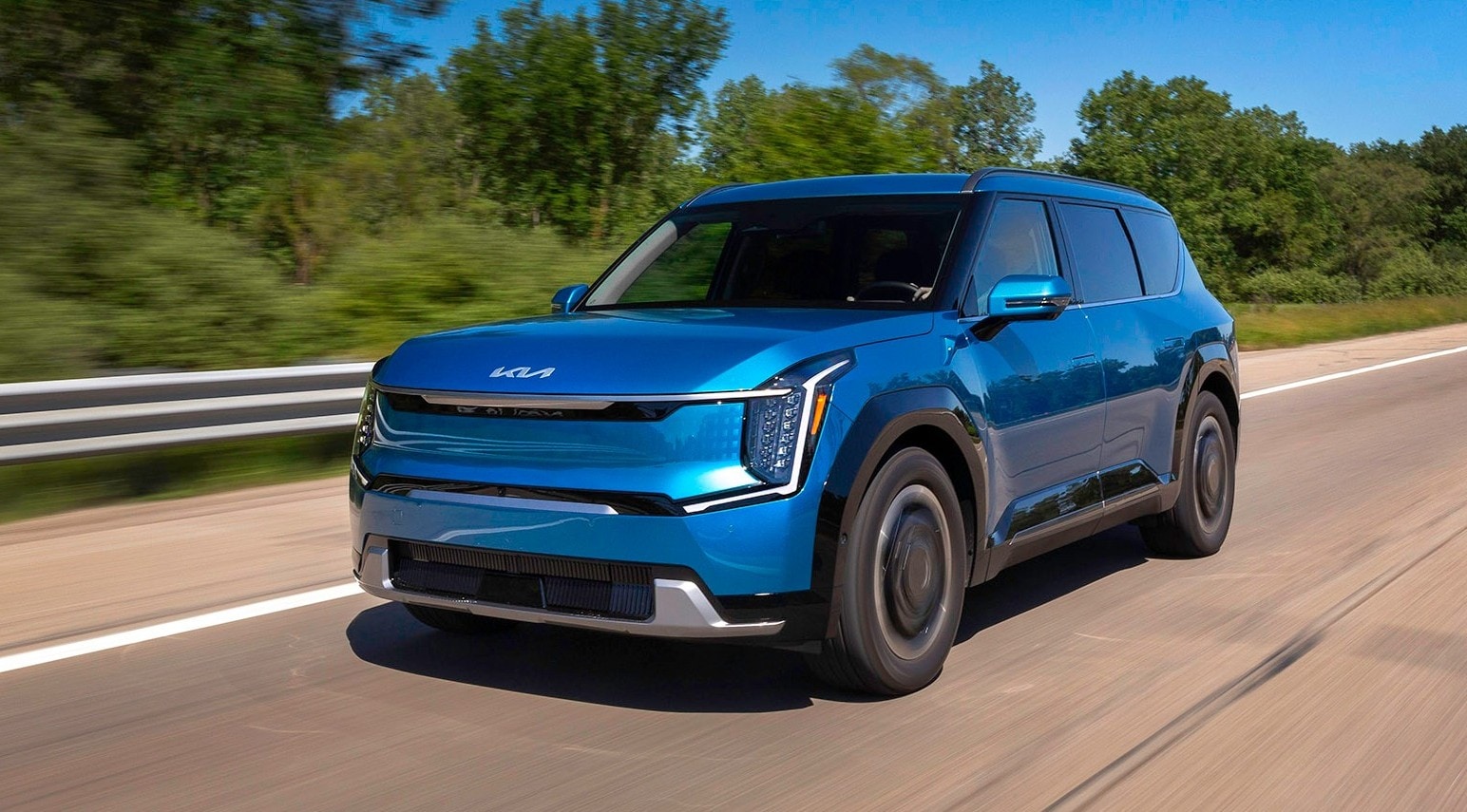
It's unfortunate because Kia outperforms many traditional carmakers when it comes to its software. However, the benchmark isn't set by the long-time competitors of Kia; instead, it's defined by innovative new entrants that boast top-tier programmers, flexible development groups, and an unwavering commitment to producing user-friendly and robust software akin to what we experience daily on smartphones and computers. While Kia may lead among those trying to catch up with pioneering auto-software firms, significant efforts are still needed to narrow this technological divide.
To Learn More About Our Upcoming 2024 Kia EV9 Release:
- Could the 2024 Kia EV9 Electric SUV Serve as a Replacement for a Gas-Powered Family Vehicle?
- We Obtained Additional Torque and Enhanced Features for Our Kia EV9. Was It Worth the Expense?
- Our Kia EV9 Charges Exceptionally Well—Provided You Steer Clear of Tesla Superchargers
- Why did our first service for the Kia EV9 cost $322? Shouldn’t electric vehicles be less expensive to maintain?
- Did Our Year-Long Test of the Kia EV9 Result in Any Mishaps?
- 1,100-Mile Road Trip Showdown: Kia EV9 Versus Two Toddlers, One Dog, Subzero Temperatures, and Crowded Holiday Travelers
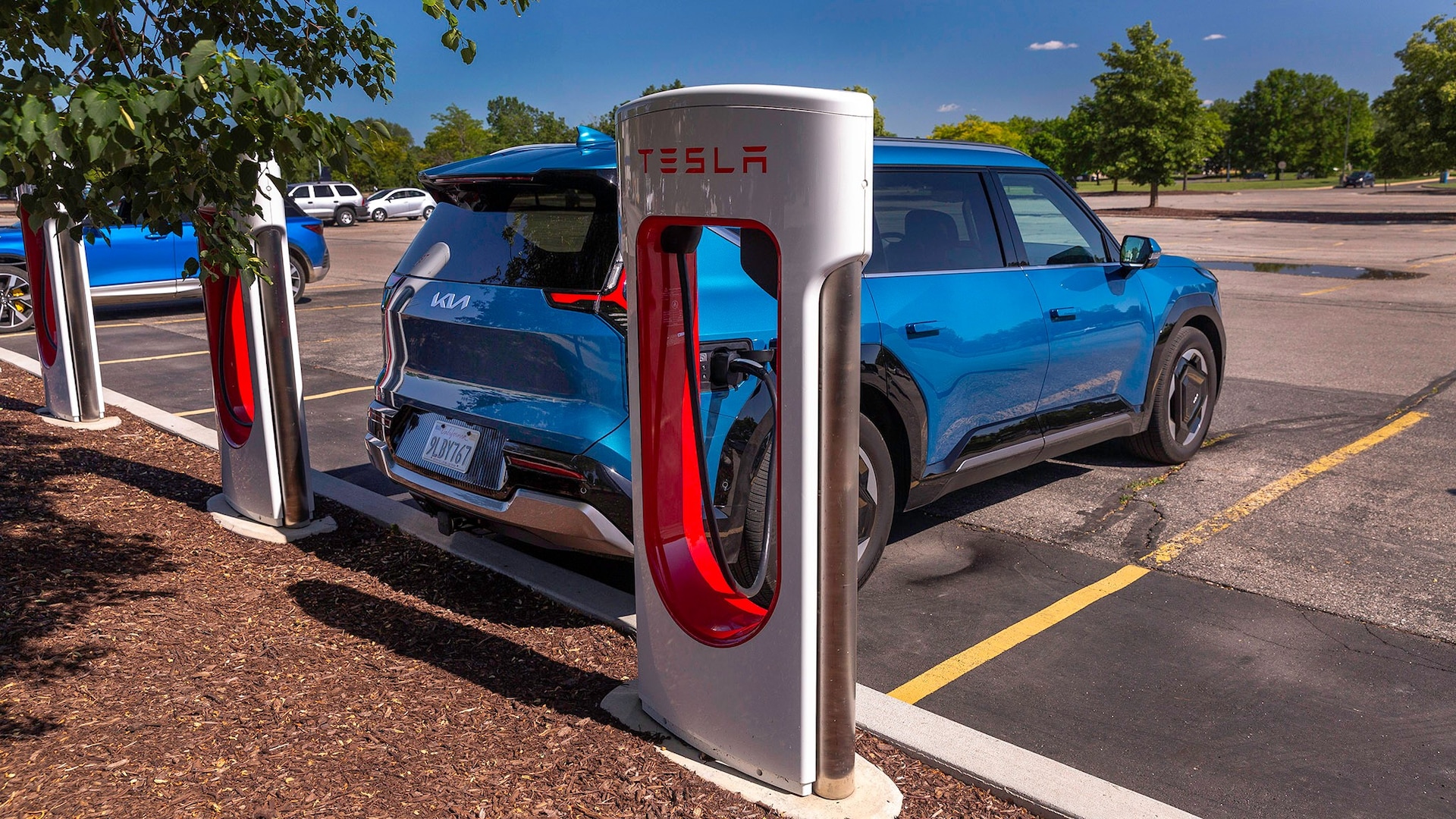
| solusikaki.com's 2024 Kia EV9 Landing Page | |||
| SERVICE LIFE | 11 months/16,080 miles | ||
| BASE/AS-TESTED PRICE | $71,395/$74,520 | ||
| OPTIONS | The towing kit adds $1,500, the Ocean Blue paint costs an additional $695, rooftop crossbeams add $360, floor mats with carpets come at $225, a cargo cover will be $155, a carpeted cargo mat sets you back $115, and finally, a rear bumper accent piece for $75. | ||
| EPA URBAN/HIGHWAY/COMBINED FUEL EFFICIENCY; COMBINED RANGE | 91/75/83 mpg-e; 280 miles | ||
| AVERAGE MILES/KWH | 2.2 mi/kWh | ||
| ENERGY COST PER MILE | $0.13 | ||
| MAINTENANCE AND WEAR | $25.20 (As of November 2024: includes tire rotation for the initial service, priced at $25.20) | ||
| DAMAGES | $293.18 (As of February 2025: replaced the punctured right rear tire) | ||
| DAYS WITHOUT SERVICE/LOANER CAR | 0/0 | ||
| DELIGHTS | The Highway Driving Assistant isn't bothered by erratic traffic patterns during busy construction seasons. | A solitary puncture didn't require us to change several tires. | Milder temperatures are improving our actual driving range. |
| ANNOYANCES | Utilizing the fingerprint scanner to activate the vehicle frequently requires several attempts. | The vehicle occasionally fails to unlock automatically when using the smartphone as a key. | Cruise control won't activate without a brief pause followed by an increase in engine output. |
| RECALLS | Updates for Remote Smart Parking Assist and the digital instrument cluster |
solusikaki.com
